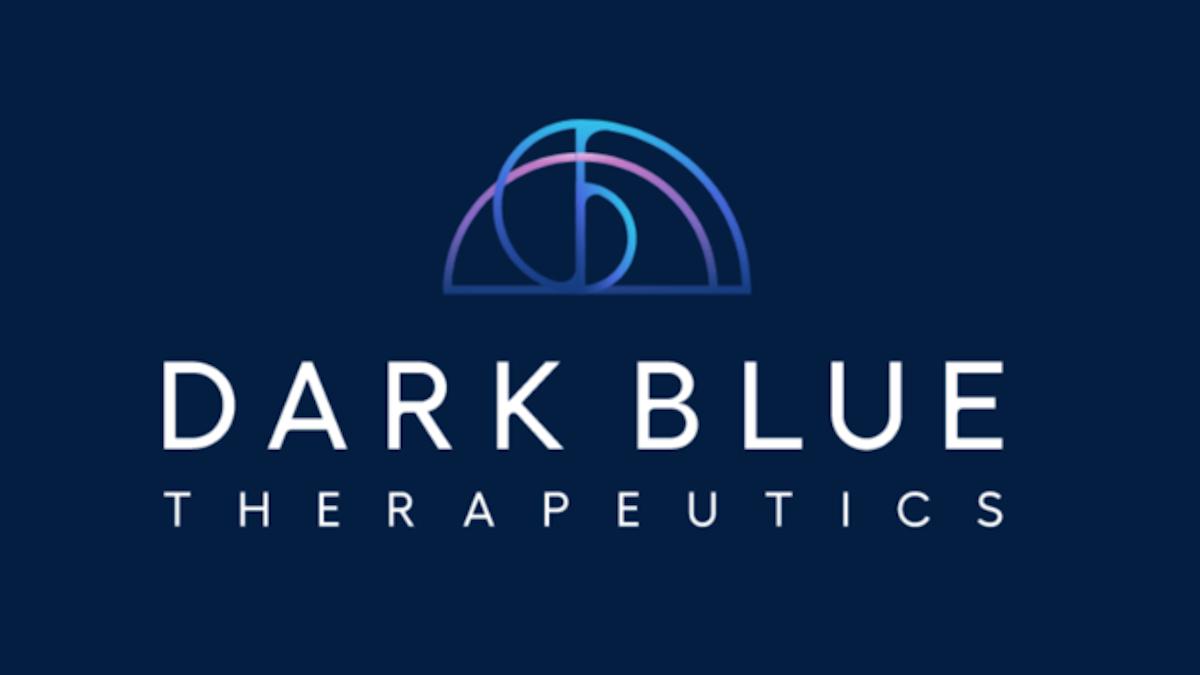How can the value of patient engagement be quantified and measured?

In a 2023 framework, the World Health Organization (WHO) defined meaningful engagement as the respectful, dignified, and equitable inclusion of individuals with lived experience, following an approach that values lived experience as a form of expertise and applies it to improve health outcomes.1 The framework’s authors urged that meaningful engagement - alongside other participatory approaches - should be deployed as a rights-based approach to addressing health inequities and achieving health for all.2
The essentiality of patient engagement
This definition is in line with the growing body of research that draws parallels between the engagement of patients in every stage of treatment development and care planning, and improved outcomes across multiple domains - including patient health behaviours, quality of life, hospitalisations, care costs, and service satisfaction.3,4
Patient engagement (PE) is essential for the empowerment of people to be the protagonists of their own health. It allows patients to participate in shared decision making, become more adherent to treatment plans,5and make informed lifestyle choices.
Integrating the patient perspective into the drug development process allows for the alignment of research aims with the concerns of individuals affected by (or at risk of) the disease of interest, the selection of more relevant endpoints for clinical trials, and the optimisation of strategies for recruitment, protocol adherence, and retention.6
In recognition of this, biopharmaceutical and healthcare organisations are in the process of scaling up their PE activities and resources through investment in PE specific teams. Additionally, ever more new and improved models of PE are being trialled through increased collaboration with patient advisory groups (PAGs) and individual patient experts. This has resulted in a proliferation of efforts and innovative approaches to engage with patients throughout the development, regulatory, and post-approval life cycle.
But there is a major stumbling block faced by these organisations: the absence of a consistent, universal method by which to quantify, measure, and evaluate patient engagement and its value (both financial and more broadly) to the wider healthcare ecosystem. A shortage of published evidence makes sponsors reluctant to commit resources and capacity to PE projects, and questions have arisen regarding how the right approach to - and the right investment in - patient engagement can be chosen without a consistent, transferable evaluation framework.7
What could such an evaluation framework look like? And how - and by whom - ought it to be created?
Quantitative assessments of PE value
Measuring and tracking the value of PE quantitatively depends on the collection, sharing, and analysis of data from across the health ecosystem.
Relevant quantitative data points include those reported by patients (such as service satisfaction ratings and consumption of learning content), data purporting to treatment success (such as medication adherence and hospital admissions/readmissions), system-level data (such as resource utilisation and financial data), as well as data more specific to the biopharma sector (such as the pace and cost of drug development, and recruitment and retention in clinical trials).
Once all of the opportunities for quantitative data collection have been identified, organisations must focus on deploying structured and standardised methods for collecting and analysing the information. To secure the most value and enable future collaboration and data sharing, these methods should mirror those used by other organisations in the healthcare and life sciences ecosystem.
Qualitative assessments of PE value
Qualitative data is an integral part of the initial design of any good PE initiative, as it can be used to ensure that the strategy is correct and that the 'rules of interaction' are suitable for the patient. Completing additional qualitative assessments during and after a PE project provides an opportunity to analyse the suitability of PE projects and evolve them - in line with patient feedback - for future application.
Such data can be gathered using an ethnographic approach, which involves the in-depth study of patients in their natural settings to gain a holistic understanding of their experiences, behaviours, beliefs, motivations, and interactions with products and services. This approach relies heavily on observational and participatory methods, including immersive fieldwork, in-depth one-on-one interviews, observation, and patient journals.
This rich approach to data collection captures the emotions and complexities of patient experiences, providing deep, nuanced insights that the aforementioned quantitative methods mentioned cannot deliver. However, as discussed above, the most valuable approaches will be ones that can be replicated across the ecosystem, in order for the resulting data to be effectively shared and compared.
Challenges
Despite the wealth of data that can be collected to demonstrate the value of PE initiatives, its collection is often fragmented and siloed. Ongoing efforts to securely unify health data to power decision-making in the sector are simultaneously making it easier, cheaper, and safer to access and derive insights from quantitative data, while recent leaps forward in the application of AI and natural language processing technologies demonstrate promising potential to similarly impact the collection and analysis of qualitative data. But, ultimately, greater collaboration between stakeholders is required to demonstrate the relationship between PE, patient outcomes, and system-level financial outcomes.
A normalisation of routine data sharing via participation in ‘open science’ - specifically, the making of datasets used in research available to other researchers - is one solution to data access struggles that is championed by the Open Science Foundation.8 However, allowing other researchers to replicate study findings, reuse data, or conduct sufficiently powered meta-analyses remains a rarity in most commercial settings, owing to business interests and the vast costs involved in the building and secure administration of such data registries.
As highlighted in the introduction to this piece, a question that looms large above the issue of quantitative assessment is how to overcome the lack of a universal, robust tool with which to measure and compare the data. It’s apparent that pharmaceutical companies and other interested parties must collaborate to resolve this, so as to eventually agree on a gold-standard measurement framework.
Developing a data- and evidence-driven approach
We’ve established that an evaluation framework must incorporate securely unified data from a wide range of qualitative and quantitative sources, and that this can be achieved through the utilisation of new technologies and platforms. Newly developed digital monitoring-to-learn dashboards and tools can be used to support this process.
However, in order to accurately assess the financial value of patient engagement and to assist decisions on where to invest in PE initiatives, it’s necessary to also explore models that take into account the key business drivers of cost, time, revenue, and risk.
Levitan et al suggest using expected net present value (ENPV) - a financial metric commonly used in investment analysis - to assess the potential profitability of a project or investment over time.9 Their research suggests that ENPV can be used to account for those key business drivers when assessing the impact of engaging with patients, as well as to provide a methodology that can be refined as more objective data on the impact of patient engagement is collected.
The ENVP approach can help organisations to forecast the expected cash-flow generation of patient engagement projects, taking into account the entire project duration. The calculations could incorporate different scenarios and sensitivity analyses to account for uncertainties and risks associated and could factor in the potential increase in market share and revenue resulting from a healthier and more engaged patient population.
ENVP calculations can also factor the cost savings that PE can deliver to healthcare systems by reducing hospitalisations and other expensive healthcare interventions, to estimate the impact of PE on Patient Lifetime Value (PLV), and to account for the financial benefits of PE initiatives that improve compliance with regulatory requirements.
Conclusion
The rationale behind building a fit-for-purpose patient engagement evaluation framework, and a suggested roadmap to the creation of such a framework, has been explored here. We’ve also established the imperative for stakeholders from healthcare organisations, biopharmaceutical companies, patient advisory groups, and regulatory bodies to come together to create this framework and pressure-test it. This collaborative effort will ensure that the framework is comprehensive, adaptable, and aligned with the ever-evolving needs of the healthcare ecosystem.
To conclude, the quantification and measurement of patient engagement is not just a technical challenge; it is a moral imperative. It’s part of an essential shift in the balance of power, and a re-centring of the patient in healthcare provision. By empowering patients to be active participants in their healthcare journey, we can improve health outcomes, reduce healthcare costs, and enhance the overall well-being of individuals and communities. In the process, we can create a healthcare system that truly values and leverages the expertise of those with lived experience, advancing the cause of health equity and ensuring, in line with the WHO’s ultimate goal, health for all.
References
- WHO framework for meaningful engagement of people living with noncommunicable diseases, and mental health and neurological conditions. Geneva: World Health Organization; 2023. Licence: CC BY-NC-SA 3.0 IGO
- ibid
- “The quality of patient engagement and involvement in primary care - Picker.” Picker Institute, https://picker.org/research_insights/the-quality-of-patient-engagement-and-involvement-in-primary-care/. Accessed 26 October 2023.
- Marzban S, Najafi M, Agolli A, Ashrafi E. Impact of Patient Engagement on Healthcare Quality: A Scoping Review. J Patient Exp. 2022 Sep 16;9:23743735221125439. doi: 10.1177/23743735221125439. PMID: 36134145; PMCID: PMC9483965.
- ibid
- Levitan B, Getz K, Eisenstein EL, et al. Assessing the Financial Value of Patient Engagement: A Quantitative Approach from CTTI’s Patient Groups and Clinical Trials Project. Therapeutic Innovation & Regulatory Science. 2018;52(2):220-229. doi:10.1177/2168479017716715
- Cavaller-Bellaubi M, Faulkner SD, Teixeira B, Boudes M, Molero E, Brooke N, McKeaveney L, Southerton J, Vicente MJ, Bertelsen N, García-Burgos J, Pirard V, Reid K, Ferrer E. Sustaining Meaningful Patient Engagement Across the Lifecycle of Medicines: A Roadmap for Action. Ther Innov Regul Sci. 2021 Sep;55(5):936-953. doi: 10.1007/s43441-021-00282-z. Epub 2021 May 10. PMID: 33970465; PMCID: PMC8108434.
- Center for Open Science, https://www.cos.io/. Accessed 27 October 2023.
- Levitan B, Getz K, Eisenstein EL, Goldberg M, Harker M, Hesterlee S, Patrick-Lake B, Roberts JN, DiMasi J. Assessing the Financial Value of Patient Engagement: A Quantitative Approach from CTTI's Patient Groups and Clinical Trials Project. Ther Innov Regul Sci. 2018 Mar;52(2):220-229. doi: 10.1177/2168479017716715. Epub 2017 Jul 17. PMID: 29714515; PMCID: PMC5933599.












